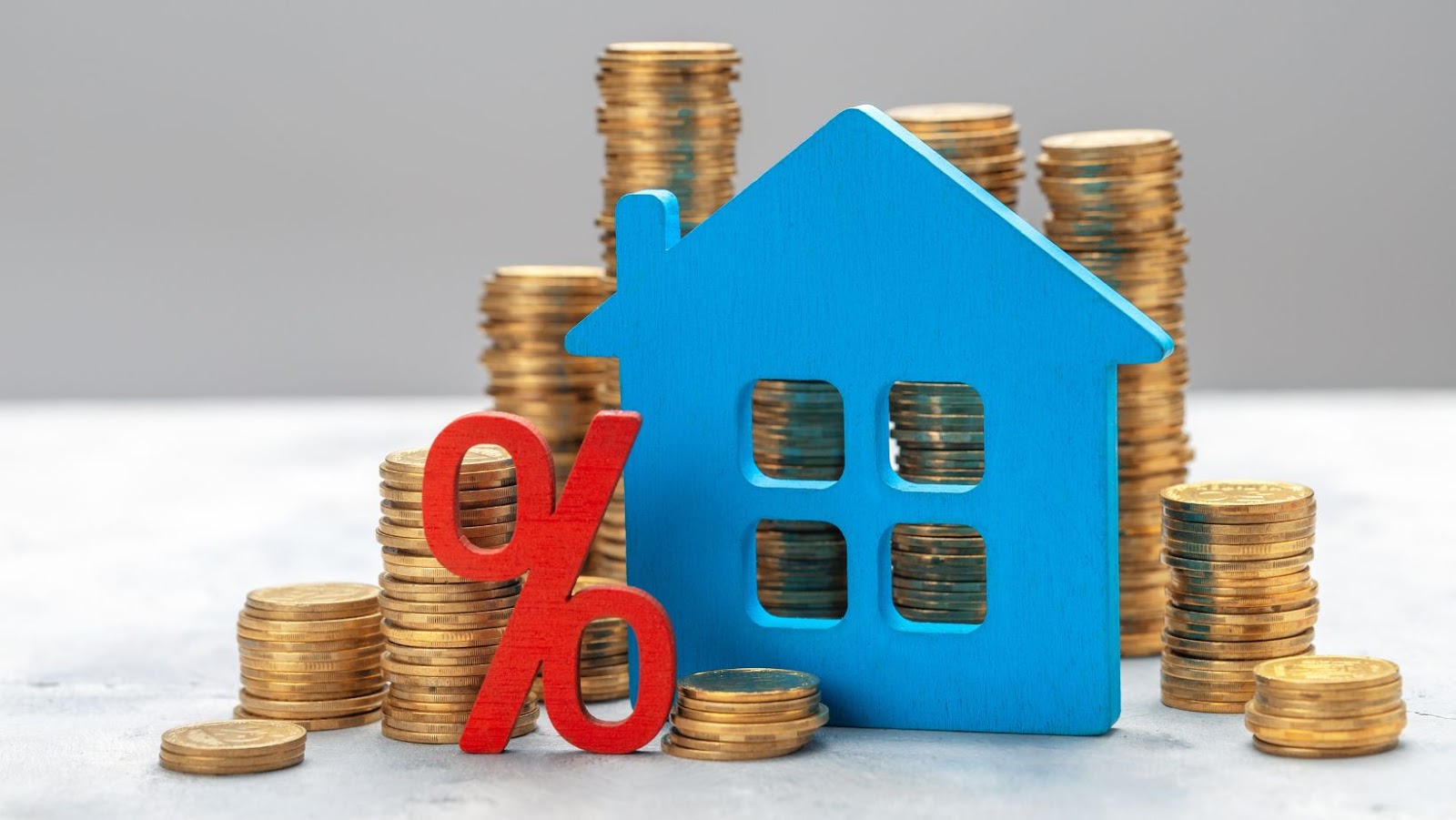Understanding Housing Interest Rates: Fixed vs Adjustable
What Are Housing Interest Rates
Housing interest rates, often simply called mortgage rates, represent the cost of borrowing money to purchase a home. They’re influenced by a variety of economic factors including inflation, the current state of the housing market, and Federal Reserve policies. These rates vary over time, which means potential homebuyers need to stay informed to secure the best possible rate.
The Federal Reserve plays a crucial role in determining interest rates, although it doesn’t set mortgage rates directly. Instead, it sets the federal funds rate, which influences short-term and variable interest rates. A lower federal funds rate can lead to lower mortgage rates, making it cheaper to borrow money for buying a house. Conversely, when the Fed raises the federal funds rate, mortgage rates tend to rise.
Another factor influencing housing interest rates is inflation. Lenders need to ensure that the return on the loan they provide outpaces inflation. This is because inflation decreases the purchasing power of money over time.
 Factors Influencing Housing Interest Rates
Factors Influencing Housing Interest Rates
Understanding what are housing interest rates are involves more than just knowing their current values. It’s crucial to comprehend the factors that influence these rates, as they directly impact the cost of borrowing for homeownership. Two primary elements play a significant role in determining these rates: economic conditions and Federal Reserve policies.
Economic Conditions
The overall health of the economy stands as a critical determinant of housing interest rates. Key economic indicators include:
- Gross Domestic Product (GDP): A strong GDP often leads to higher interest rates, as lenders anticipate greater demand for credit in a thriving economy.
- Unemployment rates: Lower unemployment often results in higher housing interest rates, reflecting increased purchasing power among consumers.
- Inflation: As inflation rises, lenders hike interest rates to maintain their profit margins.
Economic conditions are like the weather, constantly changing and affecting how much it costs to borrow money. When the economy is strong, people are more likely to spend money, including on homes. This demand can push interest rates up. On the other hand, during economic downturns, interest rates often decrease to encourage borrowing and stimulate spending.
Federal Reserve Policies
The Federal Reserve, often referred to as the Fed, plays a pivotal role in shaping housing interest rates through its monetary policy decisions. It indirectly influences these rates by setting the federal funds rate, which is the interest rate at which banks lend to each other overnight. Changes in this rate ripple through the economy, affecting mortgage rates and the overall cost of borrowing for homeownership.
The Fed may adjust the federal funds rate to control inflation or stimulate economic growth. For instance:
- To curb inflation, the Fed might increase the federal funds rate, making borrowing more expensive. This typically results in higher housing interest rates.
- To boost the economy, the Fed might lower the federal funds rate, making borrowing cheaper. This usually leads to lower housing interest rates.
 Types of Housing Interest Rates
Types of Housing Interest Rates
When exploring what are housing interest rates, it’s essential to understand that they can vary significantly based on the type of mortgage chosen. Homebuyers must decide between fixed-rate mortgages and adjustable-rate mortgages, each with its own set of benefits and potential drawbacks. This knowledge can make a substantial difference in monthly payments and long-term financial planning for anyone looking to buy a home.
Fixed-Rate Mortgages
Fixed-rate mortgages are the most traditional form of home loan, offering stability and predictability for borrowers. With a fixed-rate mortgage, the interest rate remains constant throughout the life of the loan, which typically spans 15 to 30 years. This consistency means that monthly mortgage payments remain unchanged, making budgeting easier for homeowners.
- Benefits:
- Predictability in monthly payments
- Protection from rising interest rates
- Considerations:
- Higher initial interest rates compared to adjustable-rate mortgages
- Less flexibility than adjustable-rate options
Adjustable-Rate Mortgages
Adjustable-rate mortgages (ARMs) have interest rates that can change over time. Typically, an ARM starts with a lower introductory rate compared to fixed-rate mortgages, making them an attractive option for borrowers looking to save money in the short term. However, after the initial period, which usually lasts for 5, 7, or 10 years, the interest rate adjusts at predetermined intervals based on market conditions.
- Benefits:
- Lower initial payments
- Potential for decreasing rates
- Considerations:
- Uncertainty in future payment amounts
- Potential for significantly higher payments if interest rates rise